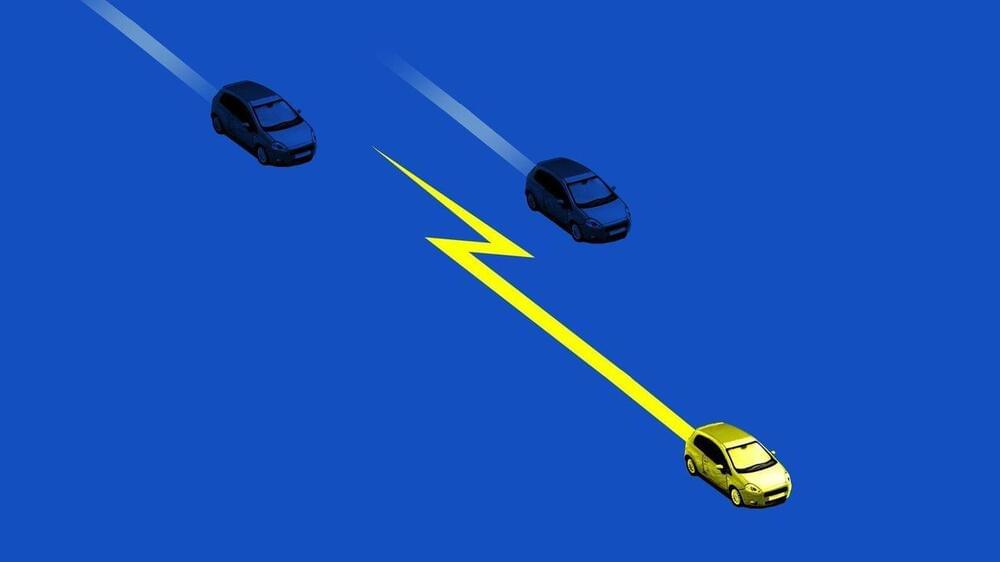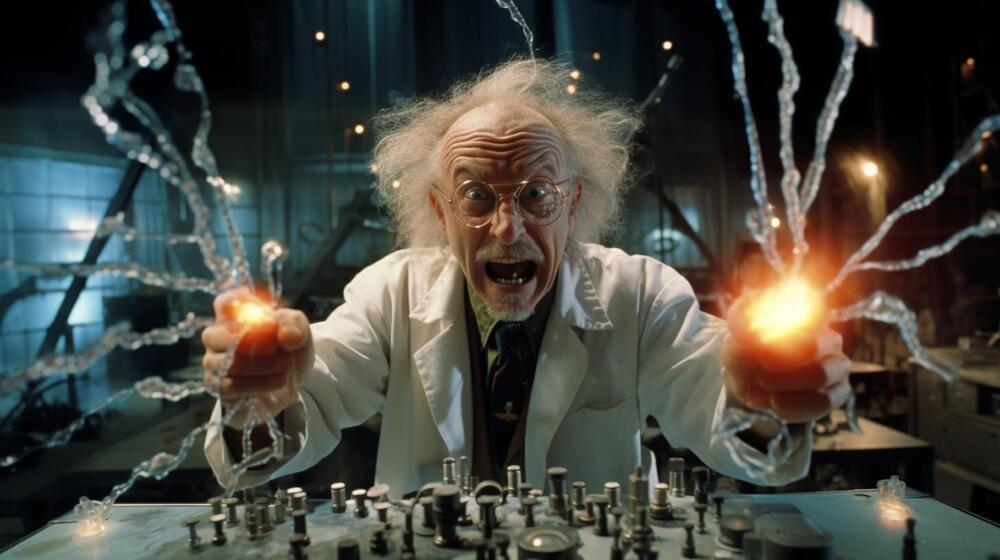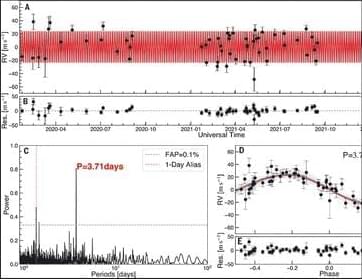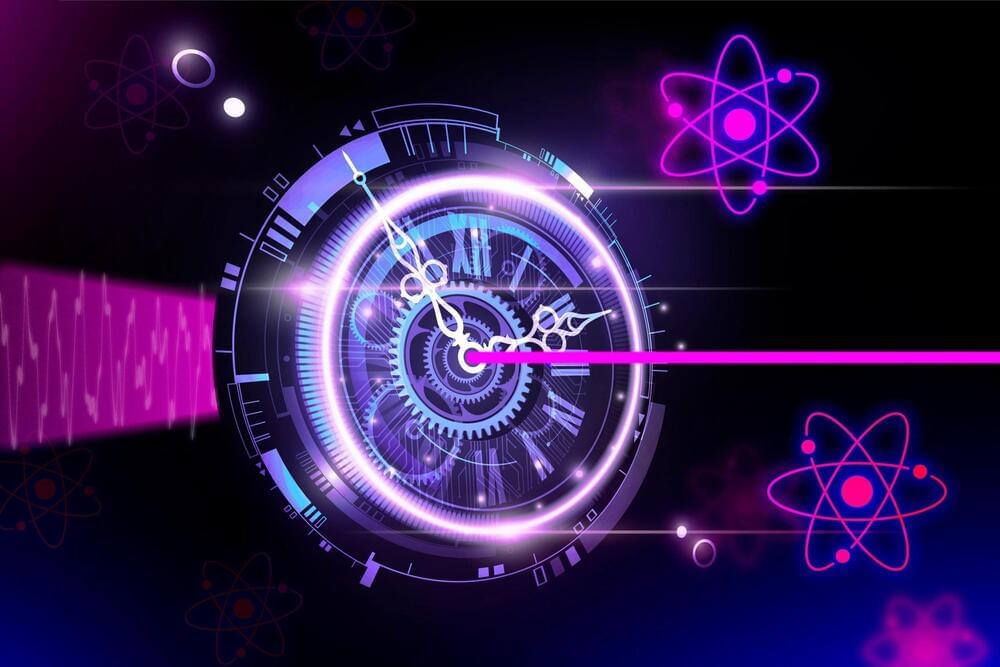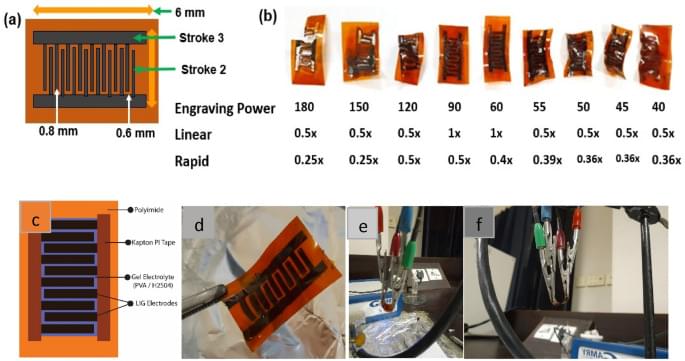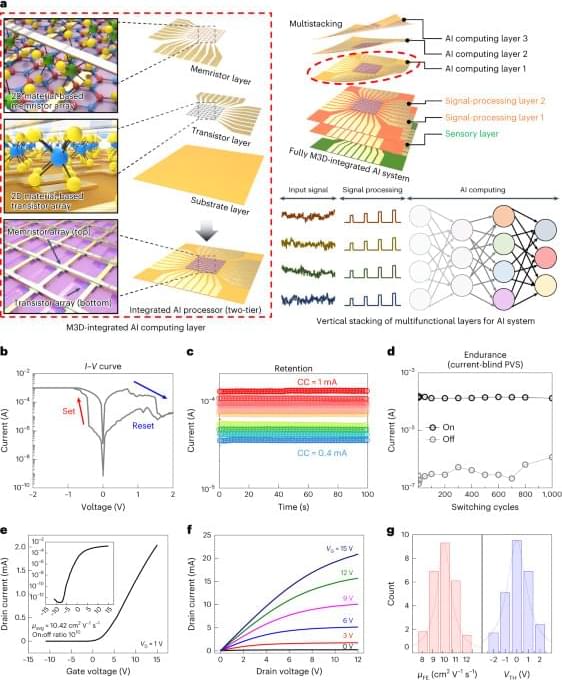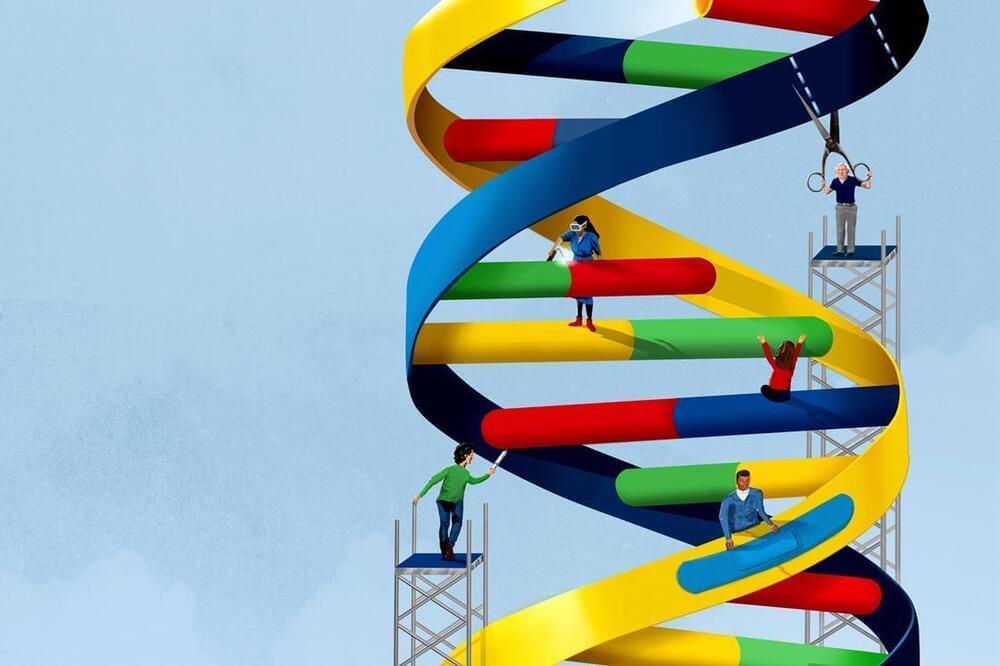Dec 1, 2023
Detroit’s newest road can charge electric cars as they travel on it
Posted by Genevieve Klien in categories: sustainability, transportation
Detroit is now home to the country’s first stretch of road that can wirelessly charge an electric vehicle (EV), whether it’s parked or moving.
Why it matters: Wireless charging on an electrified roadway could remove one of the biggest hassles of owning an EV: the need to stop and plug in regularly.
